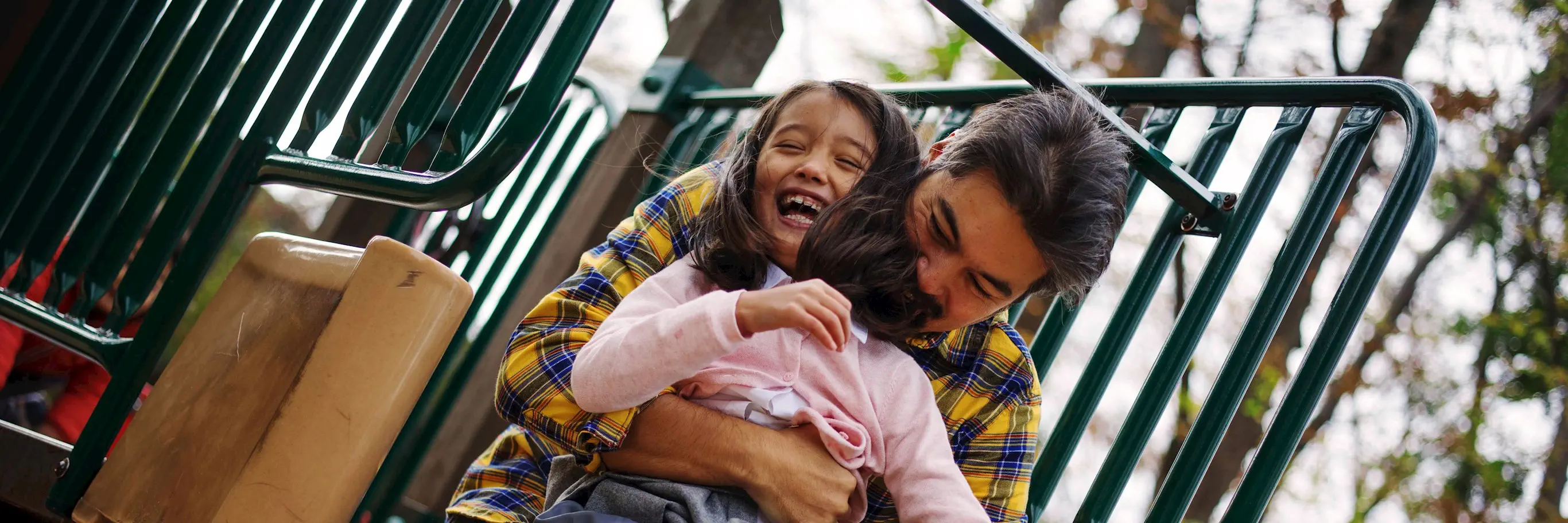
How to financially prepare for a child, by stages
Having a baby is no joke. The first thing to do is to babyproof your child’s future and secure your finances. Here’s a list of everything you need to prep for, from the baby’s birth to 18 years old, stage by stage.
Preparing for the arrival of a baby is one of the most exciting stages of family life. A new bundle of joy always brings a ray of sunshine into the home. It is, however, also the most stressful. You have to make sure that you’ve babyproofed not just the house but your child’s future, too.
Financial preparedness is often overlooked when deciding to have a baby. But, really, it’s the most important thing. To make it easy, especially for first-time parents, here’s a rundown of what you need to prep for financially, broken down into different stages, from birth to 18 years old.
What to prep for from birth to 3 years old
- Baby supplies. Breastfeeding is the ideal scenario but if it’s not possible, your grocery budget should be able to accommodate formula milk starting from PhP700 for an 850g can, which usually lasts up to five days. Diapers, toiletries, and baby grooming needs can also take up a big chunk of the budget. Acquiring gears such as strollers and car seats is a choice between saving up for premium quality gear and scouring parenting forums and groups for second-hand items that are in good condition.
- Childcare. Depending on the agreed setup between parents, childcare options can include hiring a nanny, having a relative care for the child (grandparents for most) or one parent staying home. Whichever the choice is, all come with varying costs, pros and cons.
- Life insurance with investment benefits. As early as now, be on the lookout for plans that can financially protect your child. FWD Life Insurance’s Babyproof, for instance, gives your baby insurance coverage with investment that can potentially grow in value until he’s an adult. If he is ever hospitalized, he will get medical allowances. If something happens to you, all premiums will be waived and your precious one will still be covered. You can avail of Babyproof for your baby as young as 15 days old.
What to prep for from 4 to 12 years old
- Preschool. How to know when a child should be sent to school already? A child who is showing signs of school readiness and interest in learning can be enrolled in pre-kinder programs for socialization and other basic skills. Private preschools in the metro offer programs that can go as steep as PhP100,000. Neighborhood preschools, depending on your area, can be had for much less.
- Enrichment lessons. Some of the more popular supplementary activities include music lessons, art workshops, and sports clinics such as swimming, basketball, soccer, etc. Swim lessons for young ones usually start at PhP5,000 for 10 sessions. Sending kids to enrichment classes can also be a good investment for parents.
- College fund. With school tuition increasing every year, it’s a good idea to start planning for a college early. Creating a financial strategy for education will help parents identify issues and concerns when it comes to the income generating capacity of the family. Seven years old is the ideal age for a child to learn about money and savings. Don’t miss this opportunity to teach him lessons for his own financial future.
- Needs and other expenses. Raising a child also means rising expenses. Clothes will be outgrown and food preferences will change. A child’s needs will be on top of the household’s expenses for years to come. The need to have their own money or allowance will also pop up in the latter years at this stage. If a child is taught how to save up, he or she might be able to take care of some wants and needs using money from savings.
What to prep for from 13 to 18 years
- Education and other school expenses. Public or private education? It all depends on the quality. In the Philippines, some public schools with a specialized science curriculum are at par with other prestigious private schools. Regardless of the choice, school years will always keep the budget up with small expenses such as PE uniforms, projects, field trips, social events, and more.
- Electronics and other materials. Gadgets are a must for children these days. Most schools are utilizing the convenience of online learning portals, thus the need for a laptop, PC or tablet. It’s best to help kids distinguish between wants and needs when talking about electronics purchases.
- Road to adulthood. Learning how to drive a car is one way to introduce a teenager into adulthood. While responsible driving can be learned, accidents can still happen. But the good thing is, a parent can opt to add a teen driver to the car insurance policy, which also increases its premium.
With the list of budget considerations above, parents can now look into their preferences on upbringing and their child’s needs to be able to create a financial plan tailored to the family’s goals for the future.
To know more about FWD Babyproof, our insurance bundle for babies composed of either FWD Set for Life or FWD Manifest, schedule a virtual meeting with an FWD financial advisor today.


.jpg)



